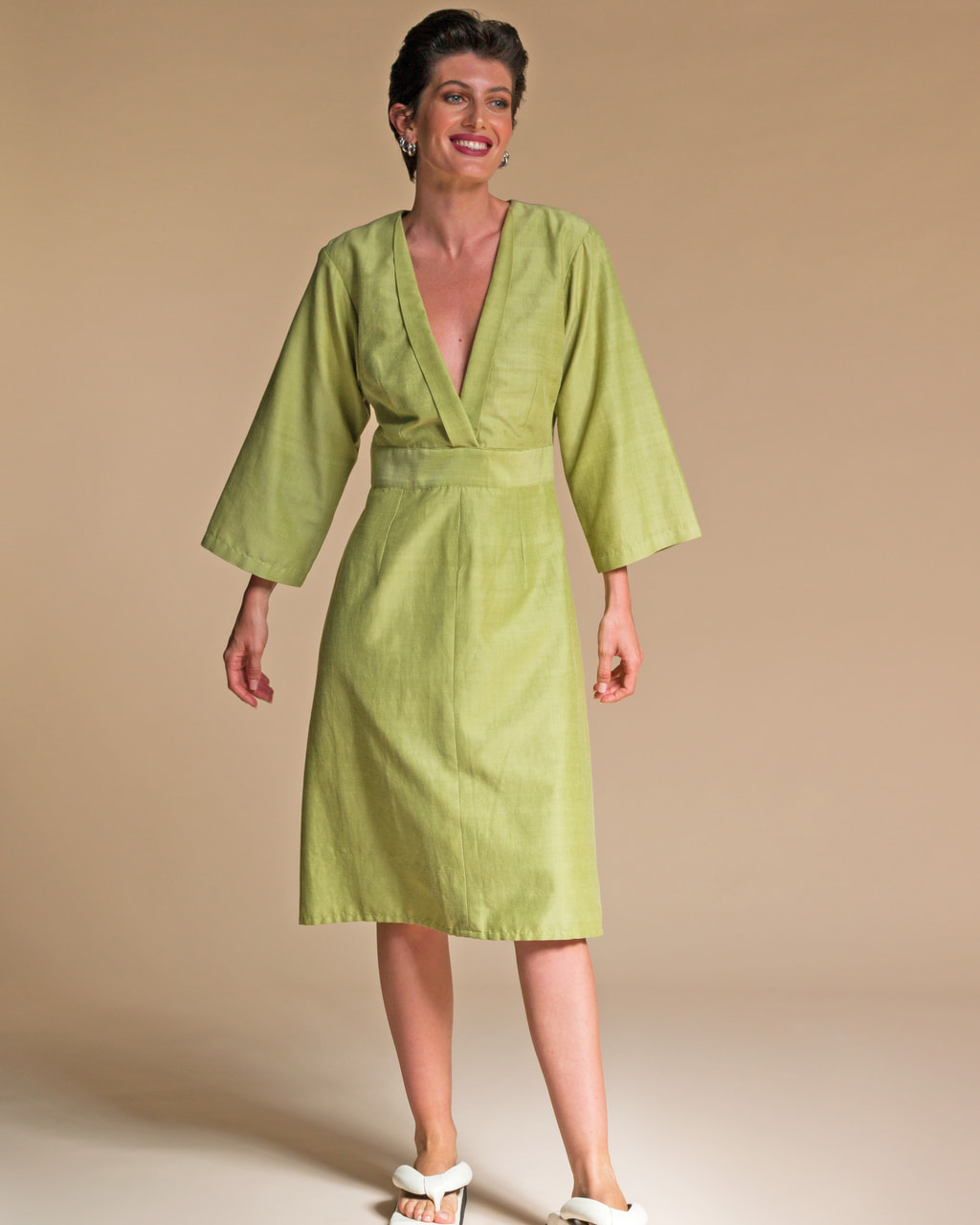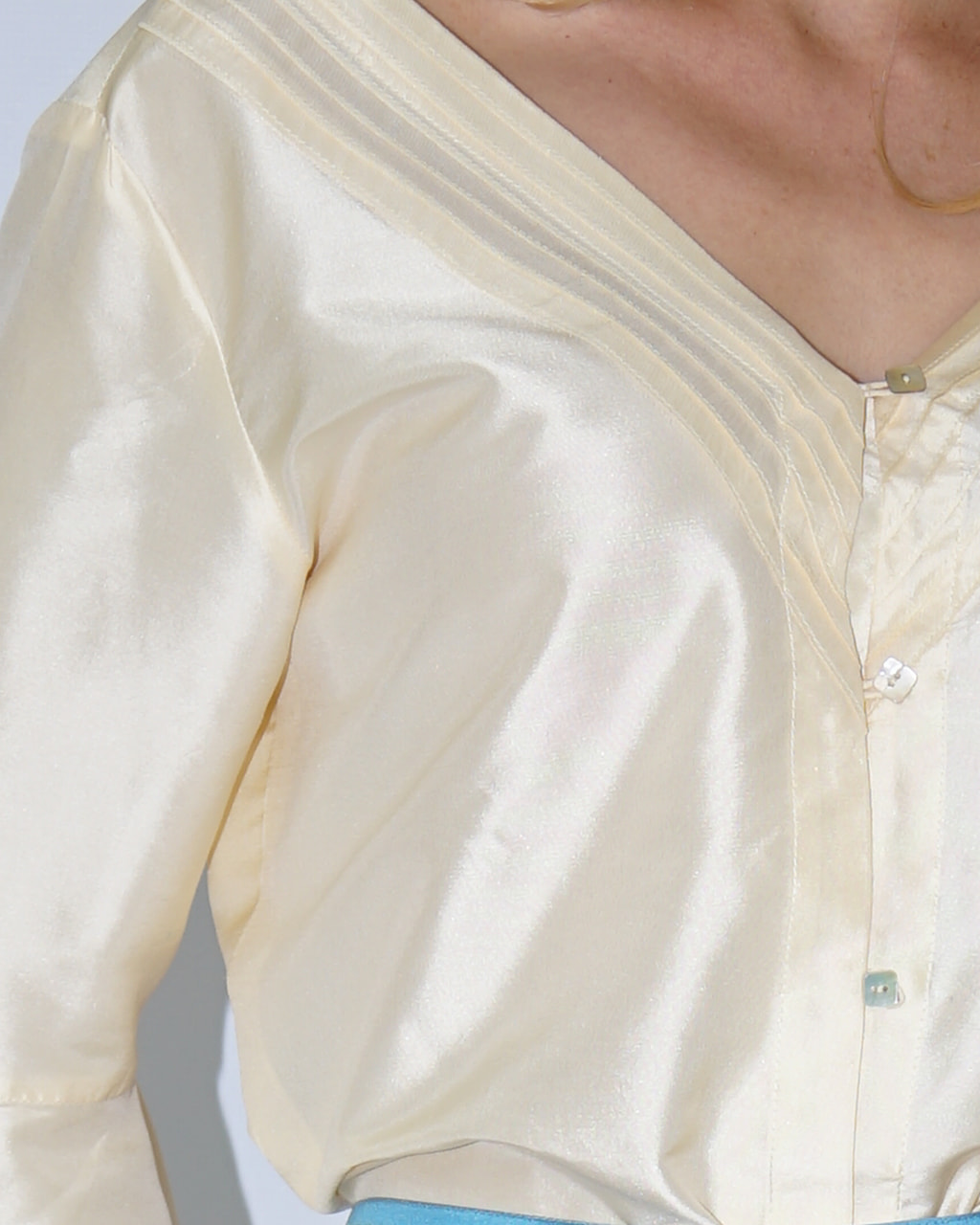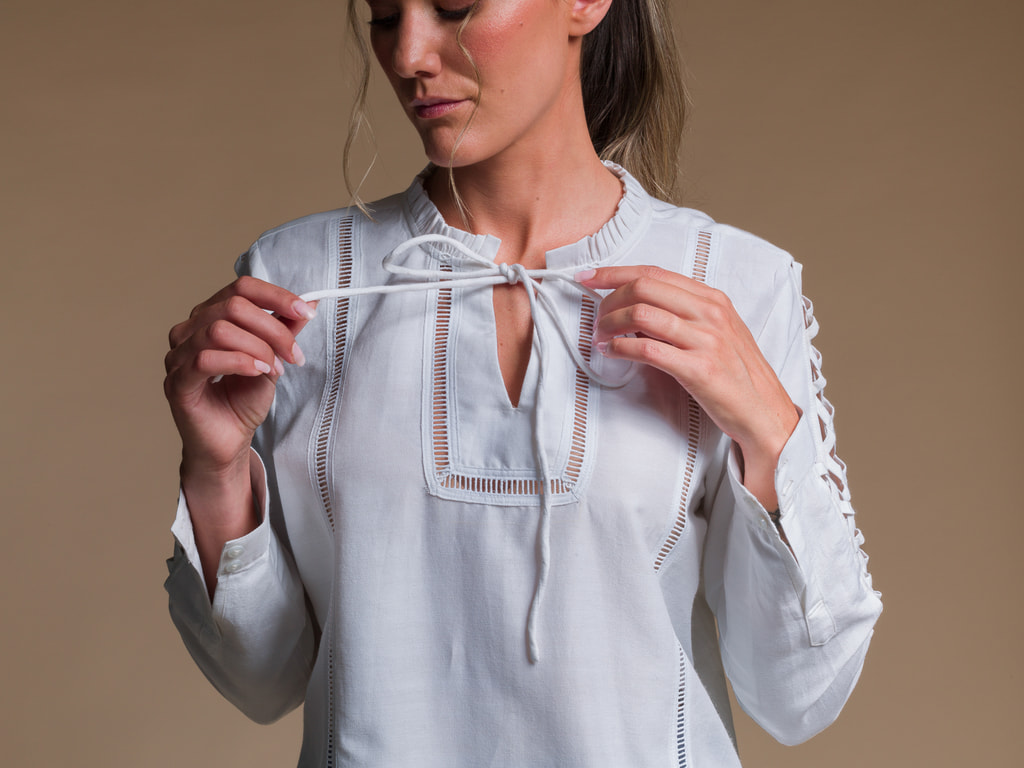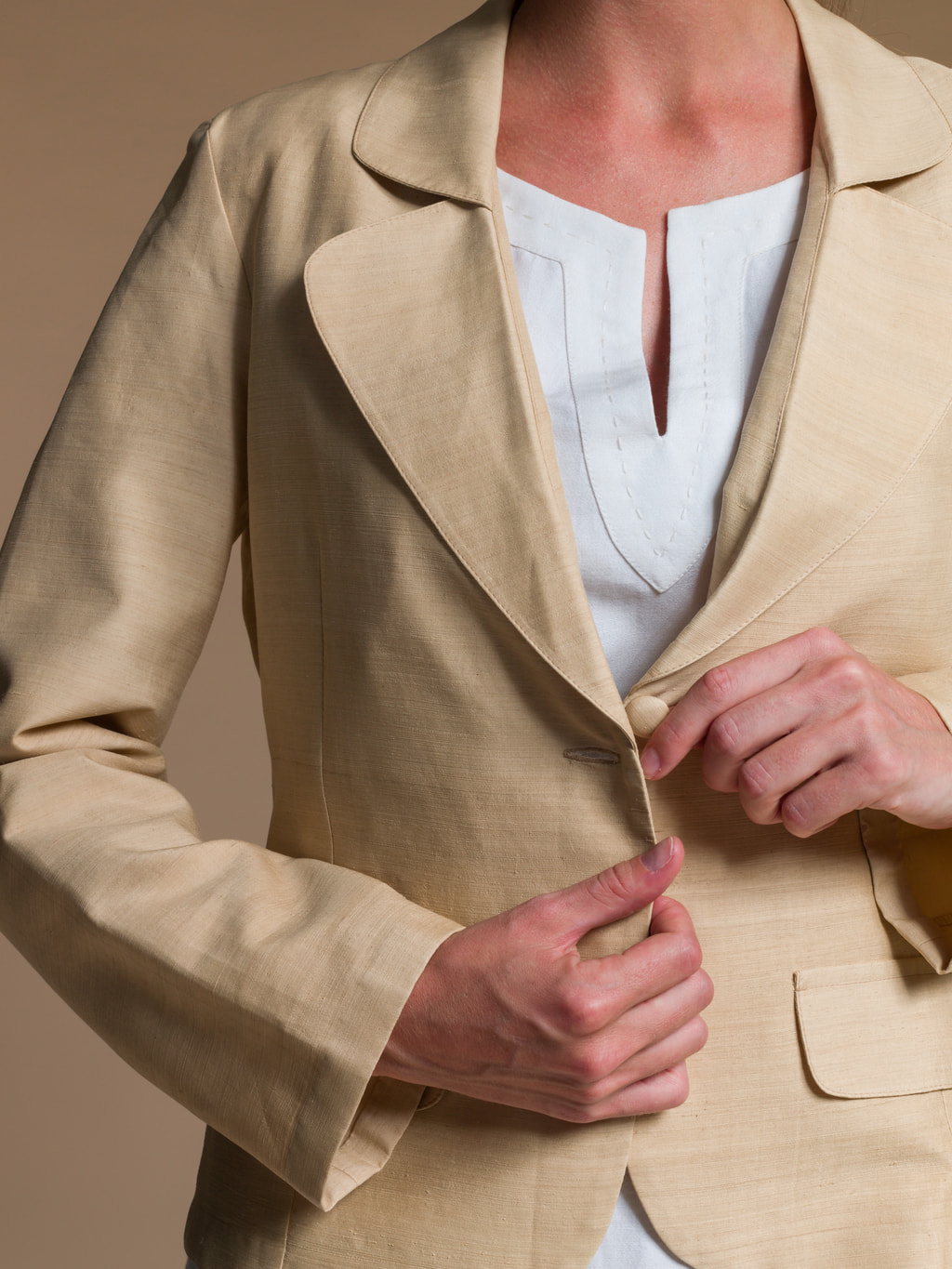Mulberry Silk has long been regarded as the most prestigious fabric in the world, thanks to it's beautiful & distinctive appearance, as well as its soft feel.
Mulberry Silk is a 100% natural protein fibre fabric that has existed as a luxury fabric for over 4000 years, originally restricted to the wardrobes of the most distinguished members of the Imperial Family.
Mulberry Silk is not only adored for it's appearance & feel; it also carries numerous benefits like being hypoallergenic and containing vital amino acids that repair your skin and revitalize your hair!
Read on below to learn about the history of Mulberry Silk, how Mulberry Silk fabric is made, it's special properties & our blends with other fabrics.
A history of Mulberry Silk
A cocoon in a teacup
Mulberry Silk dates back to somewhere between 4000 to 8000 years, it is not known precisely.
Mulberry Silk originates from China, where legend has it that one day, a silkworm's cocoon fell into the teacup of the Empress Leizu, the wife of the Yellow Emperor. The Empress, extracting it, began to unroll the filament from the cocoon, and noticing it's length she decided to weave it.
She took an interest in silkworms and decided to teach her entourage the art of raising silkworms, called sericulture. This granted her the title of "Goddess of Silk" in Chinese mythology.
A status symbol
At first Mulberry Silk was allowed to be worn only by the Imperial families in China.
Eventually, Mulberry Silk became available to Nobility and then to the rest of China's high-society, maintaining it's characteristics of prestige, a status symbol, and great wealth. It wasn't until the Qing dynasty in the 1600s AD, that the rest of China's society was permitted to wear the fabric.
The Silk road
The Silk Road, or Silk Routes, began around 130BC by the Han dynasty, opening up trade with the West and as the name suggests Mulberry Silk was one of the wares that merchants brought from China to Europe, where it dressed royalty and wealthy patrons.
Mulberry Silk as currency
Silk was even used as currency for a period of time, where length was the measure for value.
Everlasting value
Still today Mulberry Silk is considered a luxury good.
Making Mulberry Silk fabric
Sericulture & spinning
The process of making the Mulberry Silk threads is called Sericulture.
Sericulture begins with feeding the Bombyx Mori silkworm larvae Mulberry leaves. Upon molting, they spin a cocoon which is ready for harvesting 2 to 3 days later. When the cocoons are formed, they are boiled in water and the silk filament is removed by brushing the cocoon.
Each cocoon can produce 1.5 km of silk filament! And 1 thread of silk needs around 48 filaments. These raw filaments are rolled into thread and then spun into a yarn.
Dyeing the yarn
The next step in the process is to dye the yarn, if a colour is desired. If not, the Mulberry Silk thread is ready for weaving in its beautiful natural ivory colour.
The dyes we use are either naturally made from plants or trees, if availability permits and in season. For instance, for the colour black, the ebony fruit or mak klua is used.
If these plants are not in season or available, then the fabric is dyed using Dystar Oeko-Tex certified dyes which assures the dye is free-from any harmful substances including heavy metals and toxic chemicals.
Weaving the yarn
The final step in making the Mulberry Silk fabric is weaving.
The weaving happens with precision and care, by skilled artisans, on non-mechanized wooden hand looms.
This completely non mechanized process enables a strong quality control and is also very eco-friendly since no polluting inputs are required.
Mulberry Silk benefits
A luxurious sheen
Mulberry Silk has numerous special characteristics.
It is known for its recognizable, beautiful shimmering appearance and flattering drape.
Its natural sheen comes from the silk fiber’s prism-like structures that refract the light at different angles, producing the fabric's different colors!
Moisturizing & hypoallergenic
Mulberry Silk is excellent for your skin, especially if you suffer from dry or sensitive skin, since it contains moisturizing sericin protein as a natural component.
Mulberry Silk is also hypoallergenic, therefore ideal if you suffer from dust allergies, since Mulberry Silk is resistant to dust mites and does not produce dust.
Durable & soft
Known for it's strength & durability, Mulberry Silk is one of the strongest natural fibers, and blending it with Organic Cotton or Lotus Silk gives it extra sturdiness and durability.
Texturally, Mulberry Silk is incredibly soft and it comes in different weaves that produce very fine and smoothe textures, to thicker more coarser textures.
See our Mulberry Silk Fabric Varieties further below to see which textures suit you the most.
Keeps you fresh & thermo-regulated
Lightweight & breathable, Mulberry Silk is also good at moisture-wicking, which means that any excess heat or moisture, including your sweat, will quickly pass through the fabric to evaporate, keeping you comfortable and cool.
It can equally insulate your warmth between the silk threads when the outside temperature is fresher!
This thermo-regulating characteristic is why Mulberry Silk is known to keep the body warm in winter, and cooler in summer.
Mulberry Silk varieties & blends
Mulberry Silk varieties
We use 100% Natural Mulberry Silk that we can weave according to different methods in order to get different textured Silk fabrics.
Raw Mulberry Silk has a naturally fibrous and coarser texture. Beautiful for jackets or thicker items of clothing.
Taffeta Mulberry Silk has a smooth & shiny appearance. Highly appreciated in Haute Couture, it is perhaps the most recognisable Mulberry Silk texture & weave.
Fine Mulberry Silk, also known as Chiffon, is slightly transparent with a pearly sheen effect. This texture is perfect for lightweight clothing such as tunics and summer tops.
Organza Mulberry Silk is the finest of all silks, perfect for creating scarves, extremely soft and delicate.
Mulberry Silk blends
Lotus Silk & Mulberry Silk
Lotus Silk and Mulberry Silk blend is a beautiful fabric that combines the exquisite benefits of both Lotus Silk & Mulberry Silk.
In appearance it is a smoothe fabric with a very discrete sheen thanks to the Mulberry Silk’s fibers micro prisms.
You can wear Lotus Silk & Mulberry Silk blends for eveningwear where your pieces will beautifully catch and reflect the evening lighting for a light shimmer effect, but also during daytime, as you won’t find a fabric that is kinder, softer or more comfortable for your skin.
Mulberry Silk & Organic Cotton
Mulberry Silk & Organic Cotton blend into a very pretty fabric that enables you to benefit from the luxury, benefits and sheen from Mulberry Silk as well as the day-to-day comfort and breathability of Organic Cotton.
In appearance it is a smoothe fabric with a very discrete sheen thanks to the Mulberry Silk’s fibers micro prisms.
You can wear Mulberry Silk & Cotton blends during daytime or night-time, as an upgrade to simple cotton wares, and with all of the added benefits of Mulberry Silk.




